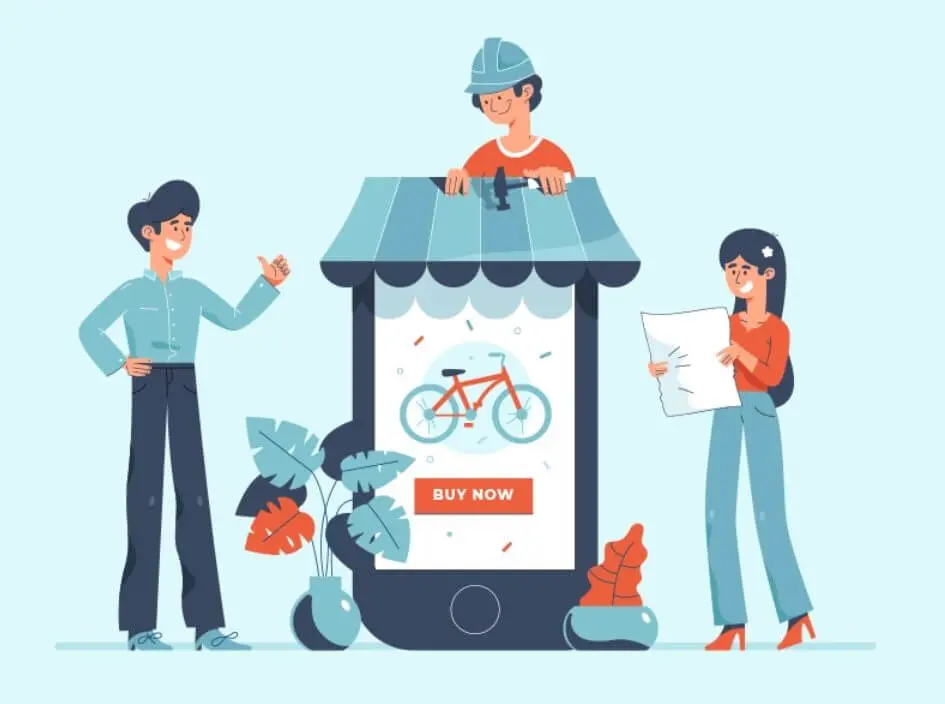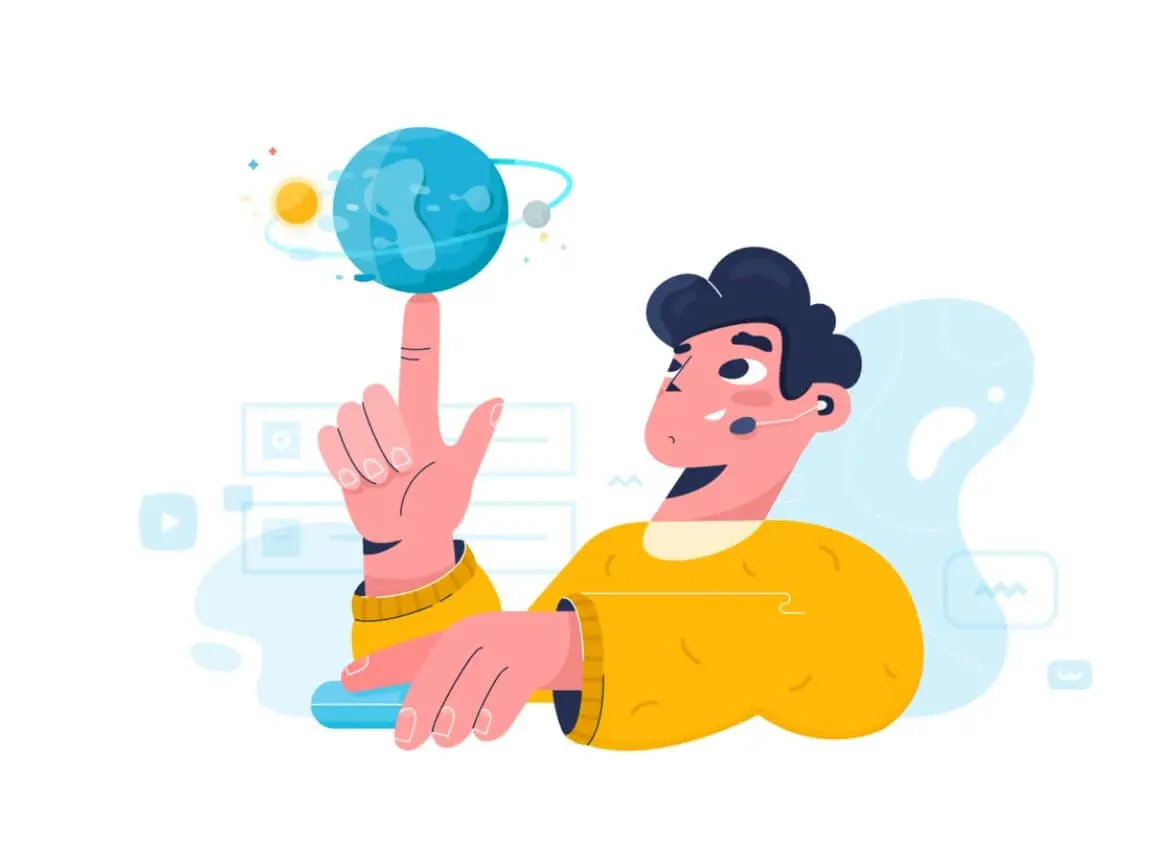GIFs vs. Videos in Marketing: What’s Better to Boost Engagement?
Since most users prefer graphics to words, high-quality visual material enhances the attractiveness and memorability of your communications. GIFs vs. videos are the question. GIFs or videos can make emails, blogs, and landings more engaging. Using interactive components like embedded videos and GIFs may boost engagement by up to 73%. Let’s investigate which of them is more effective for your business.

GIFS or Videos: What’s the difference?
Videos can also feature audio and encode a succession of moving images. A GIF often has a much lower frame rate, which results in jerky animation and worse quality. Videos, unlike GIFs, aren’t typically made to loop. Videos can be made of any length, but shorter is preferable for email.
Words are weak compared to images. GIFs are stronger than photos due to their rapid movement, and their condensed length makes them easier to consume than video. The quick response is yes.
Although it is of poorer quality, a GIF is a form of image sequence. Because of this, it can be useful online but may only sometimes be necessary for a workflow in video creation. Since a GIF counts as an image, you can add one to a website, which will be handled as such. The cost of hosting videos is free. Besides, don’t forget the benefits of video ads or Facebook video marketing.
Discover more on why use video and the GIF vs. video here. Videos’ tendency to offer an immersive experience makes users typically more profoundly engaged. Videos can attract a user’s attention through their Facebook page if they incorporate action, sound, and storytelling.
The Power of GIFs in Marketing
A GIF is a picture format that creates an animated effect by displaying a string of related images in order. Even though they lack sound, marketing GIFs can have captions and text overlays to convey just about any message your company wants to spread.
Digital marketers now use GIFs and gif marketing across various online channels, making them a flexible commodity in their toolbox. They are the ideal visual allies for social media marketing’s ephemeral attention. GIFs are much more visually appealing than static images. They give your material motion and, when used properly, greatly increase its ability to stand out in emails, advertisements, social media feeds, blog posts, and other places. More significantly, customers adore them.
Thus, marketers frequently use GIFs in social media, gif for email, blogs, and messaging applications. GIFs come in a wide variety of formats that marketers can use in their campaigns. GIFs draw attention, increase audience engagement (views, shares, and clicks) across many platforms, and give your content some flair. Using animated GIFs in marketing initiatives on websites like Facebook, Google, Instagram, and LinkedIn has gained popularity very fast.
Where are GIFs and videos used in marketing?
GIFs can be used in social media posts and commercials to draw visitors and increase brand awareness. They can also be swiftly depicted, although they are typically humorous and informal. Additionally, they are lightweight and ideal for desktop and mobile use.
Google ads
In advertising on the Google Display Network, GIFs are an option. Responsive advertising, a sort of ad that dynamically changes its size, style, and format depending on the ad space, are not permitted to use animated graphics (such as GIFs).
Social Media
On social media, videos outperform standard photo posts regarding views and interaction. Social video produces 1200% more shares than media content that combines text and images.
The creators of the website call Giphy a conversational search. This is the most popular website that offers GIFs in our section of keyboard GIFs for engaging in passionate conversations. Giphy soon joined Facebook, enabling users to locate and share the finest GIFs on Facebook quickly. So, you have a green light to use custom gifs on this social network to the utmost.
To post your GIF on your Instagram account, you must first turn it into videos in marketing. To convert a GIF to an mp4 file, use a free program like Adobe Express. The video can then be uploaded to your stream. You may create a customized one with us for a specific platform from scratch.
For advanced users, to access the GIF library, tap the GIF symbol after selecting the Tweet icon. You can check through the automatically presented categories or type specific phrases into the search box to find GIFs. . Or, again, you may create a customized gif or video with us for a specific platform from scratch and then upload it.
Make sure email clients will support your GIF files. It’s great to know that most email clients, including Gmail, support GIF files. Most desktop and mobile clients, all webmail clients, and animated GIFs are supported.
Blog
GIFs and videos are often used in blog posts and other website pages. One sort of picture file that works with the media is the GIF file. GIFs are a fantastic way to break up content, provide value, and emphasize crucial points in blog posts. Videos in email marketing here engage and boost conversion.
Web
We adore employing GIFs in web design because consumers’ time on a website is measured in seconds. Here, visuals not only draw attention, but they also effectively convey your message. GIFs or explainer videos are very useful for demonstrating software or describing how a product operates if inserted in your landing page, etc.
How GIFs and Videos Improve Marketing Engagement
Utilizing video content on your website is one of the best strategies to improve engagement and decrease bounce rate. Video explainers can draw viewers in, deliver information, and establish emotional bonds with them.
GIFs make the content of your marketing efforts more engaging and draw in more viewers. Use them as follows to increase engagement. GIFs are significantly more visually appealing than still photos or text, and they give your postings more life and levity. They are ideal for enhancing blog entries, advertising, social media posts, and emails. So, without further ado, you should immediately include this format into your business’ content strategy.
Choosing the Right Format for Boosting Engagement
Before choosing which content forms and mediums to utilize, you must thoroughly analyse your audience, your competitors, and your particular sector. The best content formats for your approach can be chosen once you have a firm grasp on your target audience and your goals. As well as taking into account your audience’s expectations, preferences, and habits, you need also take into account your money, resources, time, and talents.
Tips for optimizing GIFs for maximum impact
If you need to adjust your gifs for a platform needed, especially for your website, you will need some useful tips on how to do that without much quality loss and for maximum impact. Here are some of them:
GIF compression
Using GIF encoders, which uses lossy LZW compression, GIF compressor optimizes GIFs.At the expense of some dithering or noise, it can cut the animated GIF file size by 30% to 50%. You can alter the compression level with a straightforward slider to achieve the optimal outcome for your use case. This approach, which is the default, ought to work with any GIF.
Color Reduction
Another way is color reduction. By lowering the number of colors in each frame, this tool reduces the size of the GIF file. Up to 256 distinct colors can be used in each GIF frame, however you can reduce this amount to reduce file size. It creates several variations of the image you provide, and you may select the one that has the optimum size-to-quality ratio for your requirements.
Nth frame removal
To decrease frame rate and file size, the frame drop option can delete every second, third, or fourth frame which is useful for lengthy, high frame-rate gifs. The removal of only duplicate frames is an additional choice. This process will look for consecutive frames that are identical or strikingly similar, eliminate them, and combine their display time. While most GIFs won’t benefit from this, there are few unique situations when it may be helpful.
Transparency optimization
This option preserves the backdrop of the first frame and makes transparent any portions of the subsequent frames that remain intact. The nature of the image has a significant impact on the outcomes. In some instances, such as when recording a screen capture of a program, it may result in a huge reduction in file size for photos with big, static sections.
For converted films or photo slide shows, the results will be subpar when most pixels between each frame are significantly changed. The fuzz factor illustrates how closely related colors can be considered equal. If using these techniques, you still can’t get the custom file size you need, think about scaling down the image or shortening the animation. Or call us ASAP so we can help you with any visual optimization and marketing gif.
Conclusion
Higher engagement among email and other channel audiences is frequently achieved by including a GIF or a video in a marketing strategy. With a company like Explain Ninja, you will learn how to use GIF in marketing produce and add GIFs, marketing animation videos, and other dynamic content to your resources that can be simple and interesting. With our motion designers and website builders, you can apply the best practices of visual content blocks to create interactive designs quickly.


